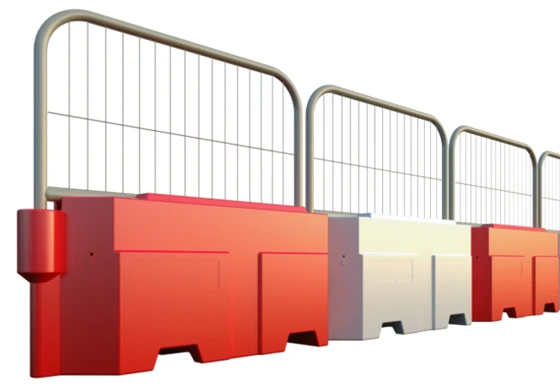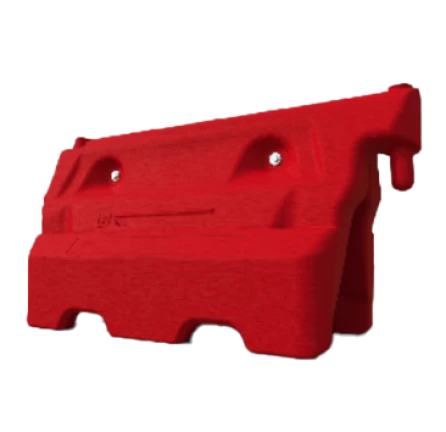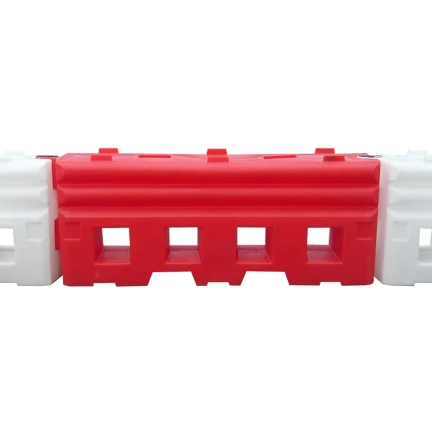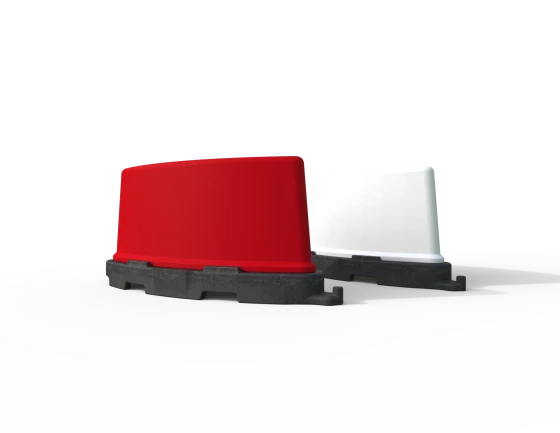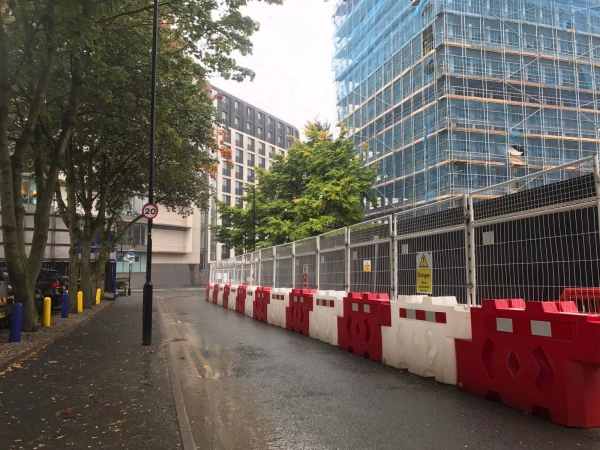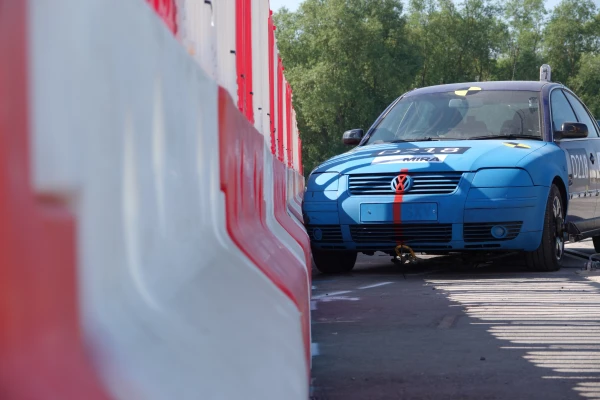All temporary traffic barriers must meet wind resistance standards as defined by BS 8442:2015, which categorises barriers into three wind classes:
• Class A: 26.3 m/s (58 mph)
• Class B: 17.6 m/s (39 mph)
• Class C: 8.7 m/s (19 mph)
To comply, barriers must be correctly ballasted or water-filled.
Traffic management barriers are key to road safety as they define lanes and separate traffic flows, protecting workers and the general public. From construction zones to busy city centres, they reduce collisions and create safe walkways, keeping pedestrians out of harm’s way.









